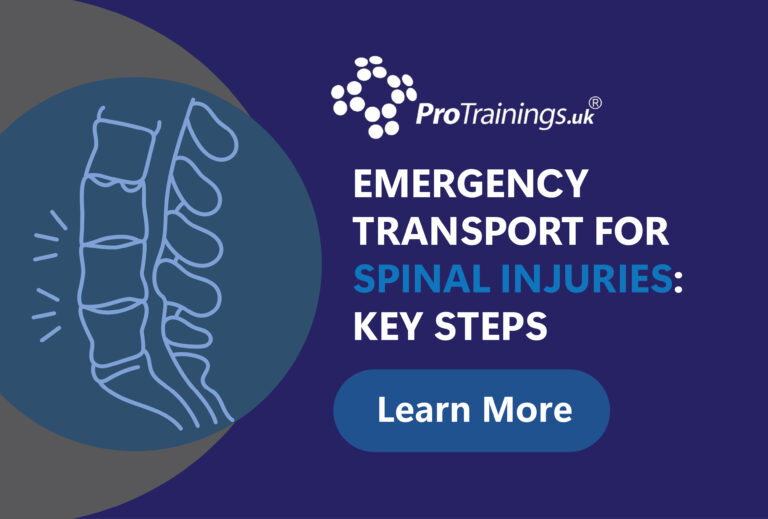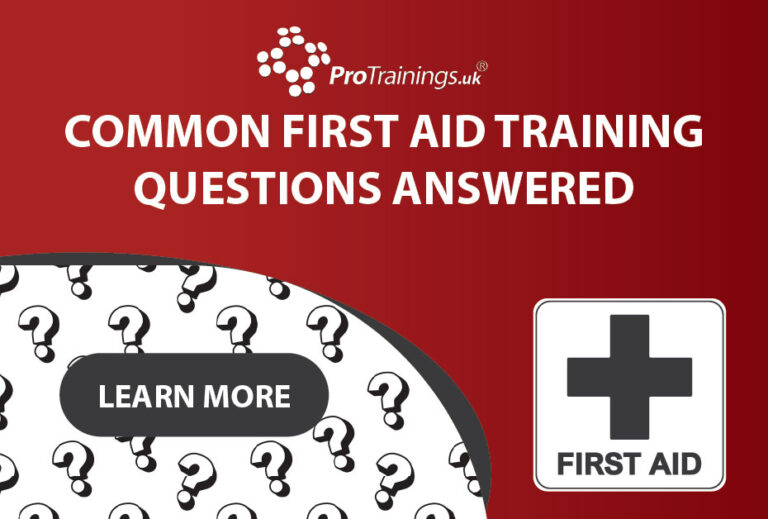A Lifesaving Guide for Dog Owners
 When it comes to our beloved dogs, we naturally want to do everything in our power to keep them safe and healthy. However, emergencies can happen and knowing how to perform CPR (Cardiopulmonary Resuscitation) and rescue breathing on your dog could make all the difference in a critical situation. There is no emergency ambulance response for your dog, and as every second counts, knowing the simple skill of CPR is a vital skill for every dog owner.
When it comes to our beloved dogs, we naturally want to do everything in our power to keep them safe and healthy. However, emergencies can happen and knowing how to perform CPR (Cardiopulmonary Resuscitation) and rescue breathing on your dog could make all the difference in a critical situation. There is no emergency ambulance response for your dog, and as every second counts, knowing the simple skill of CPR is a vital skill for every dog owner.
Understanding Canine CPR and Rescue Breathing
CPR and rescue breathing are emergency procedures used to help a dog that has stopped breathing or whose heart has stopped beating. The aim is to manually circulate oxygenated blood through the dog’s body to keep the brain and other vital organs functioning until professional help can be obtained.
This is done by blowing up the dog’s nose to deliver air to the lungs and chest compressions to push down on the heart to force blood out, then release it to fill the heart back up, ready for the subsequent compression. This process keeps oxygen-rich blood circulating through the body, hopefully bringing the dog back to life.
How to Perform CPR and Rescue Breathing on a Dog
Check the scene is safe and approach your dog. Call their name and gently tap them to see if you can get a response.
Check for Breathing and Initial Breaths:
Check for breathing by observing the rise and fall of the chest, listening for breaths, and feeling for air. If no breaths, then you need to give up to five rescue breaths.
Gently pull the tongue to open the airway and seal the mouth shut. Then, deliver short breaths in the nose only until the chest rises. Repeat five times, every 3-5 seconds, but if they show signs of life stop and take them to the vet immediately.
Check for a Pulse:
If there are no breaths we need to check for a pulse. Use you fingers to feel for a pulse inside the rear legs and do this for 10 seconds. If there is no pulse, start compressions.
Chest Compressions and CPR:
Lay your dog on its right side on a flat, firm surface. Place the heal of your hand over the widest part of the chest, just behind the front legs.
Compress the chest about one-third the depth of the chest, at a rate of 100-120 compressions per minute. This is about 2 compressions per second. Deliver 30 compressions, making sure you fully release the chest to allow it to fill up with blood.
Alternate 30 compressions with 2 rescue breaths and every minute check for a pulse. If possible swap to a second rescuer every two minutes to avoid getting tired.
Do’s and Don’ts of Canine CPR and Rescue Breathing
Do’s:
- Do stay calm: Your dog needs your focus and care.
- Do check for breathing and a pulse first: Ensure CPR is necessary before starting.
- Do use both rescue breathing and chest compressions: These techniques work together to save your dog’s life.
- Do get your dog to a vet as quickly as possible: CPR is a temporary measure until professional help is available.
Don’ts:
- Don’t perform CPR if your dog is breathing and has a pulse: This can cause more harm than good.
- Don’t apply too much pressure during chest compressions: Over-compression can injure the ribs or internal organs.
- Don’t blow too much air in the nose: If you blow too much air in, it will be forced into the stomach. Just blow till the chest rises.
- Don’t stop CPR too soon: Continue until your dog recovers or a professional takes over.
- Don’t hesitate to call a vet or emergency service: The quicker you get professional help, the better your dog’s chances of survival.
Final Thoughts
Knowing how to perform CPR and rescue breathing on your dog can be a crucial skill in an emergency. While it’s something we hope you never have to use, being prepared could save your dog’s life. Remember, the best way to handle any emergency is to stay calm, act quickly, and seek professional help as soon as possible.
ProTrainings Europe offer a range of pet first aid courses and all include video training on Dog CPR. See www.propetfirstaid.co.uk or call 01206 805359.




